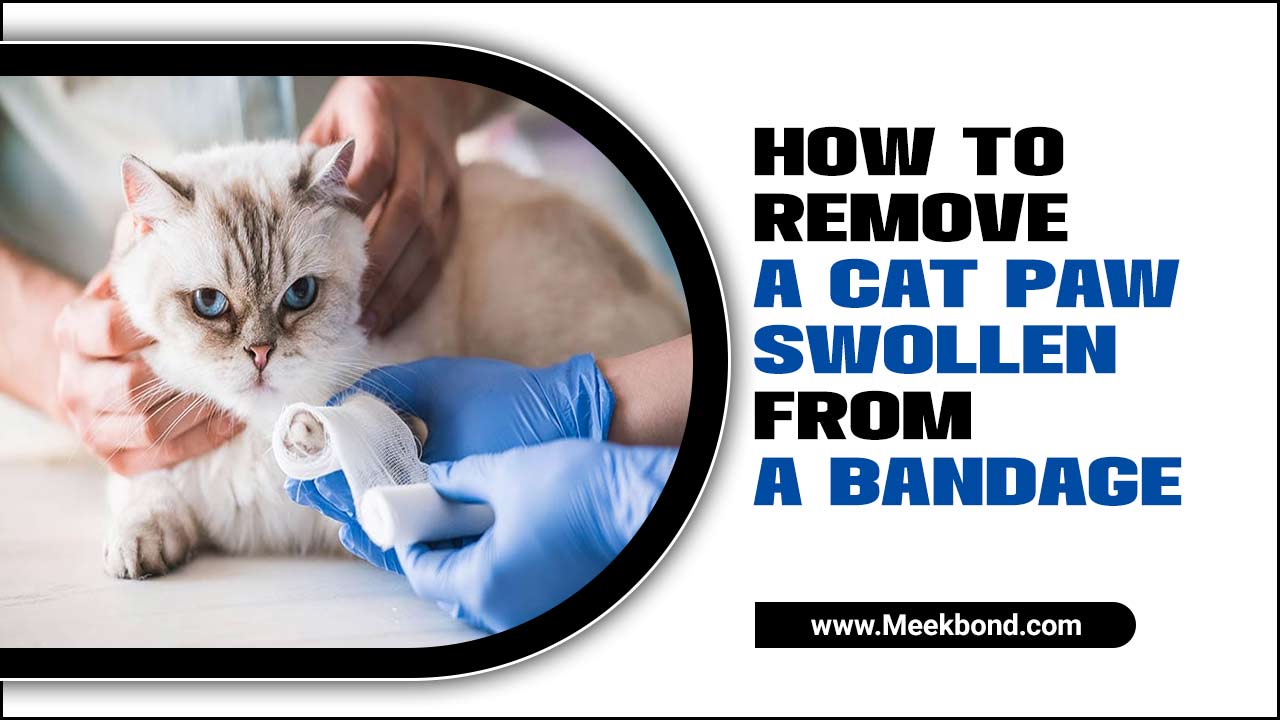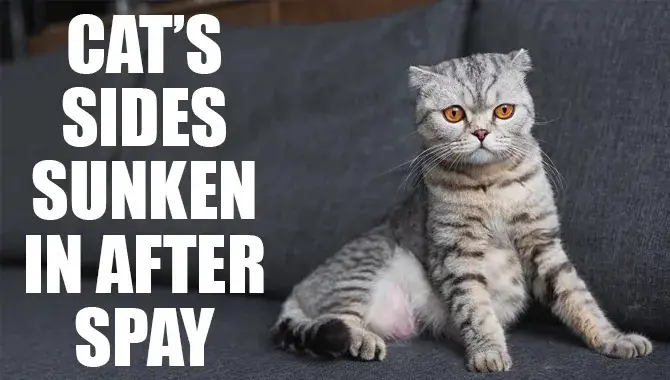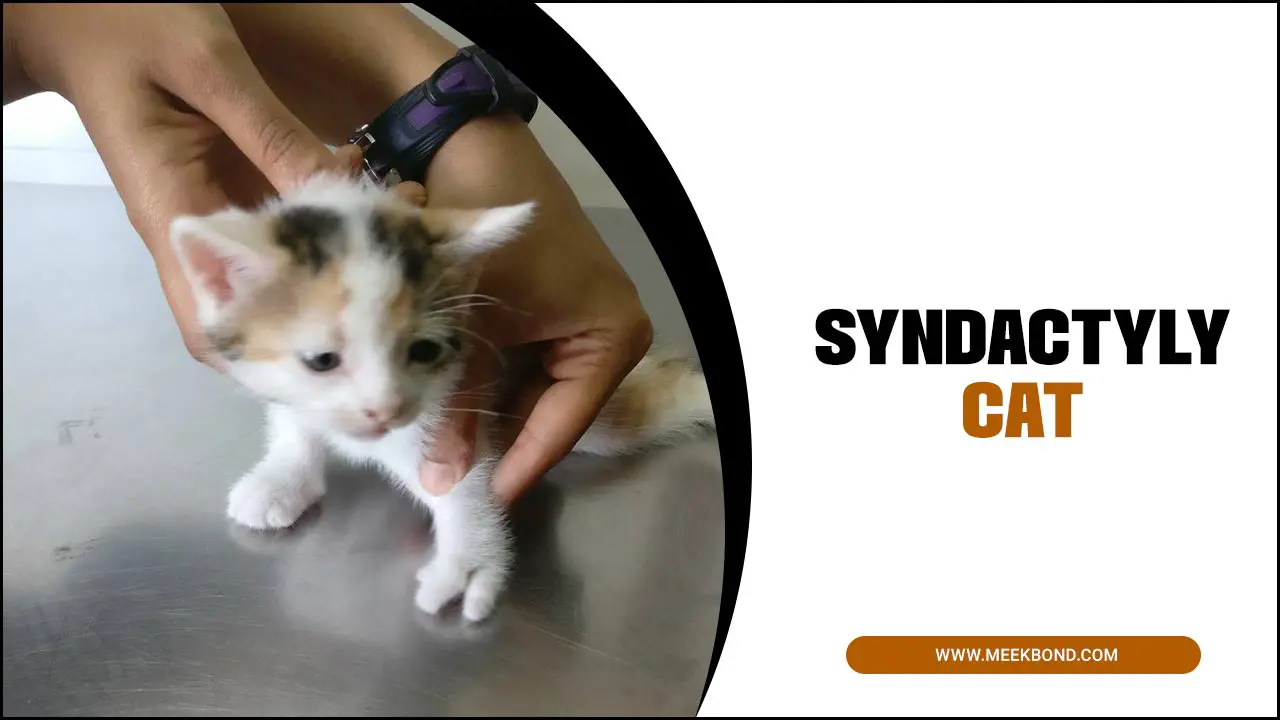Stomatitis, a painful and chronic inflammation of the mouth, is a common and often debilitating condition in cats. It can lead to difficulty eating, weight loss, and a decreased quality of life for feline companions.
Despite the best efforts of veterinarians and pet owners, some cats with severe stomatitis may not respond to traditional treatments such as antibiotics and corticosteroids. This leaves many pet owners facing the difficult decision of putting their beloved feline companion down.
However, a potential solution offers hope for cats suffering from this condition – tooth extraction. We will discuss the benefits and considerations of this treatment option, including the use of pain medications and the experiences of pet owners and veterinarians who have opted for tooth extraction as a last resort for their feline friends. By exploring this option, we hope to shed light on a potential solution for cat owners facing the heartbreaking decision of putting a cat down with stomatitis.
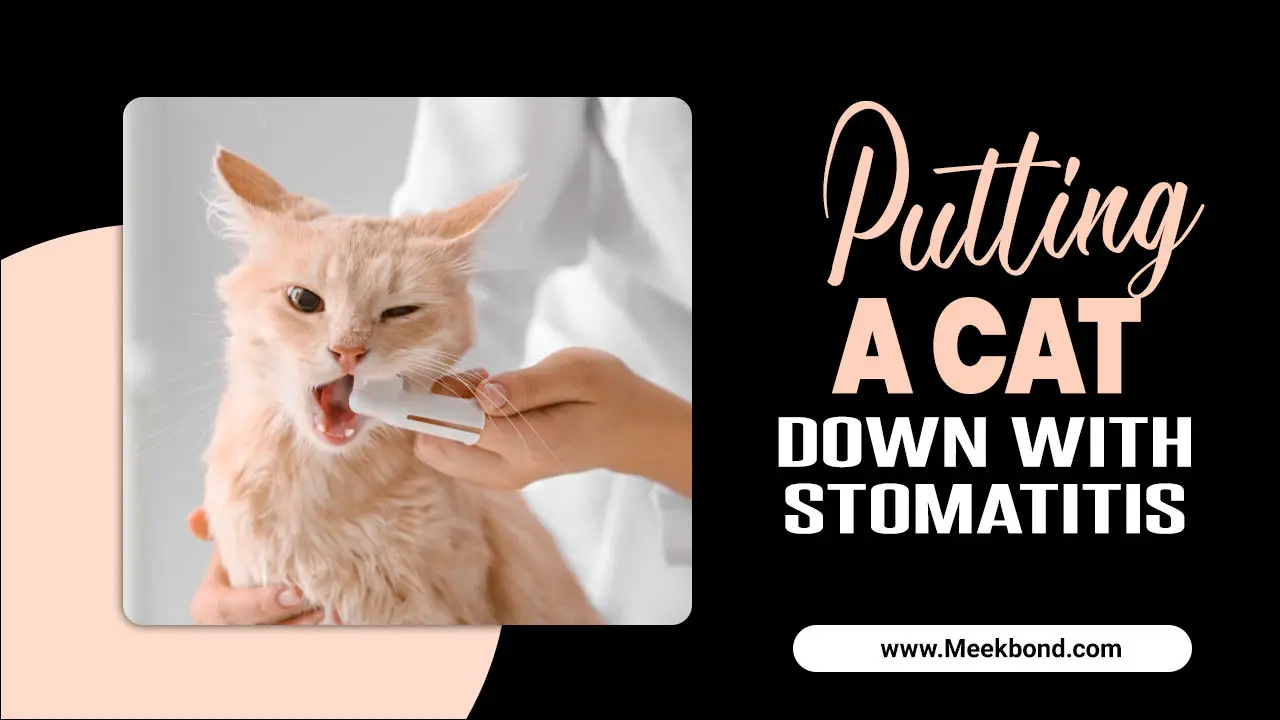
What Is Stomatitis?
Stomatitis refers to the inflammation of the mouth and gums in cats. It causes severe pain and discomfort, making it difficult for them to eat and groom themselves. Despite various treatment options, some cats do not respond well, and their quality of life becomes greatly affected.
In such cases, euthanasia may be considered as a humane choice to end their suffering. It is a heartbreaking decision, but it ensures that the cat no longer has to endure the pain associated cat with stomatitis will.
Symptoms Of Stomatitis
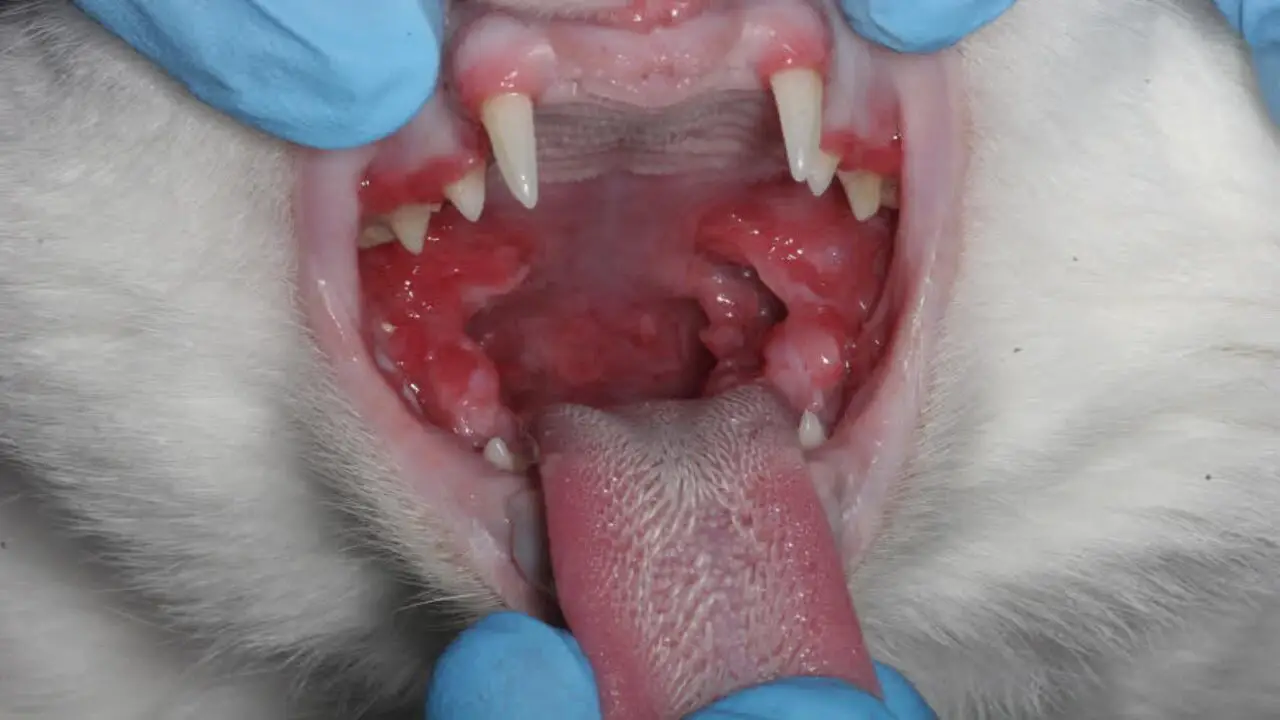
Stomatitis is a painful and chronic inflammatory disease in cats that affects the mouth of cats. If your cat is exhibiting any of these symptoms, it is important to consult with a veterinarian as soon as possible. They can diagnose properly and recommend an appropriate treatment plan for your cat’s stomatitis.
In severe cases where other treatment options have been exhausted, and the cat’s quality of life is significantly affected, euthanasia may be considered as a last resort. This decision should always be made in consultation with your veterinarian, who can provide guidance and support during this difficult time. Some common symptoms of stomatitis include:
- Severe bad breath
- Difficulty eating or loss of appetite
- Drooling excessively
- Red and swollen gums
- Oral ulcers or sores
- Reluctance to groom or pawing at the mouth
Causes Of Stomatitis
It is not completely famous why stomatitis occurs, but it is considered multi-factorial. However, the plaque that forms on cats’ teeth daily becomes an allergy. And their teeth become allergic. However, most cats develop stomatitis.
Also, mature cats, and especially some purebred cats such as Persians Sians, are more susceptible to this disease than others. Cats have kidney problems and diabetes and are more prone to stomatitis. Cats also have stomatitis due to abnormal reactions in the immune system. Also, some cat’s plaque is very sensitive.
Some symptoms of stomatitis in cats:
- Infected gums add to the cat’s respiratory odor.
- The cat’s gums are red and bloody.
- Teeth may fall out, or teeth may be absent.
- Cats will progressively lose weight.
- The cat’s mouth looks uncomfortable because of the pain.
- He refuses to eat, and saliva comes out of their mouth.
- The gums become red, swollen, and ulcerated.
How To Diagnose Putting A Cat Down With Stomatitis?
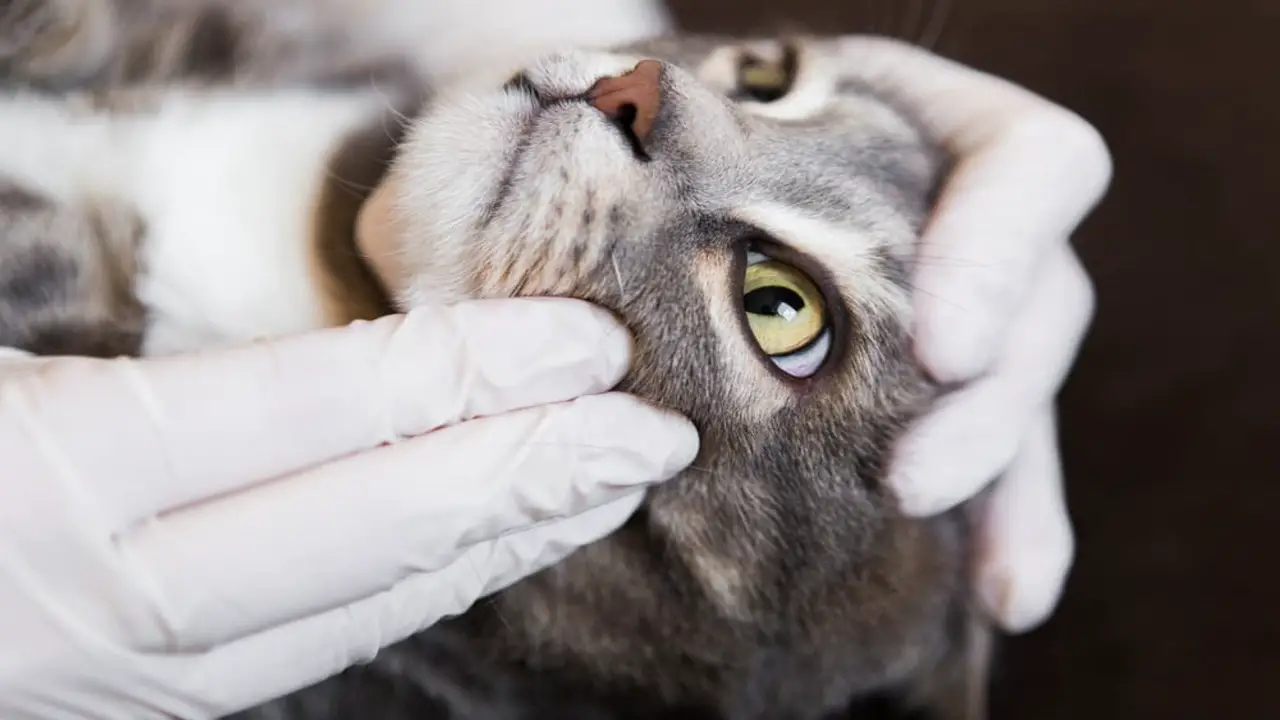
There are no specific tests to diagnose putting a cat down with stomatitis. To diagnose cat stomatitis, you must examine the cat’s health history and perform a physical examination. You can apply to your veterinarian for additional tests for your cat. It is possible to diagnose stomatitis by oral inflammation examination. However, other cat teeth diseases can cause this problem.
Gingivitis, retained tooth roots, or respiratory lesions can cause dental diseases. In severe cases, extraction of the cat’s canine teeth may be necessary to alleviate pain and prevent further infection. Stomatitis is a condition characterized by severe gum inflammation in cats. Here are some steps to help diagnose stomatitis in cats:
- Observe Symptoms: Look for signs of oral pain, such as difficulty eating, drooling, bad breath, pawing at the mouth, or reluctance to be touched around the face.
- Veterinary Examination: Take your cat to a veterinarian who can thoroughly examine its mouth and gums. They will look for redness, swelling, ulcers, or other abnormalities indicating stomatitis.
- Dental X-Rays: In some cases, dental X-rays may be necessary to assess the extent of the inflammation and determine if there are any underlying dental issues contributing to stomatitis.
- Biopsy: In more severe cases or when other treatments have been unsuccessful, a biopsy may be recommended to confirm the diagnosis of stomatitis. This involves taking a small tissue sample from the affected area and examining it under a microscope.
- Consultation With A Veterinary Specialist: If your cat’s stomatitis is severe or not responding to treatment, your veterinarian may refer you to a veterinary dentist or oral surgeon for further evaluation and management options.
Treatment
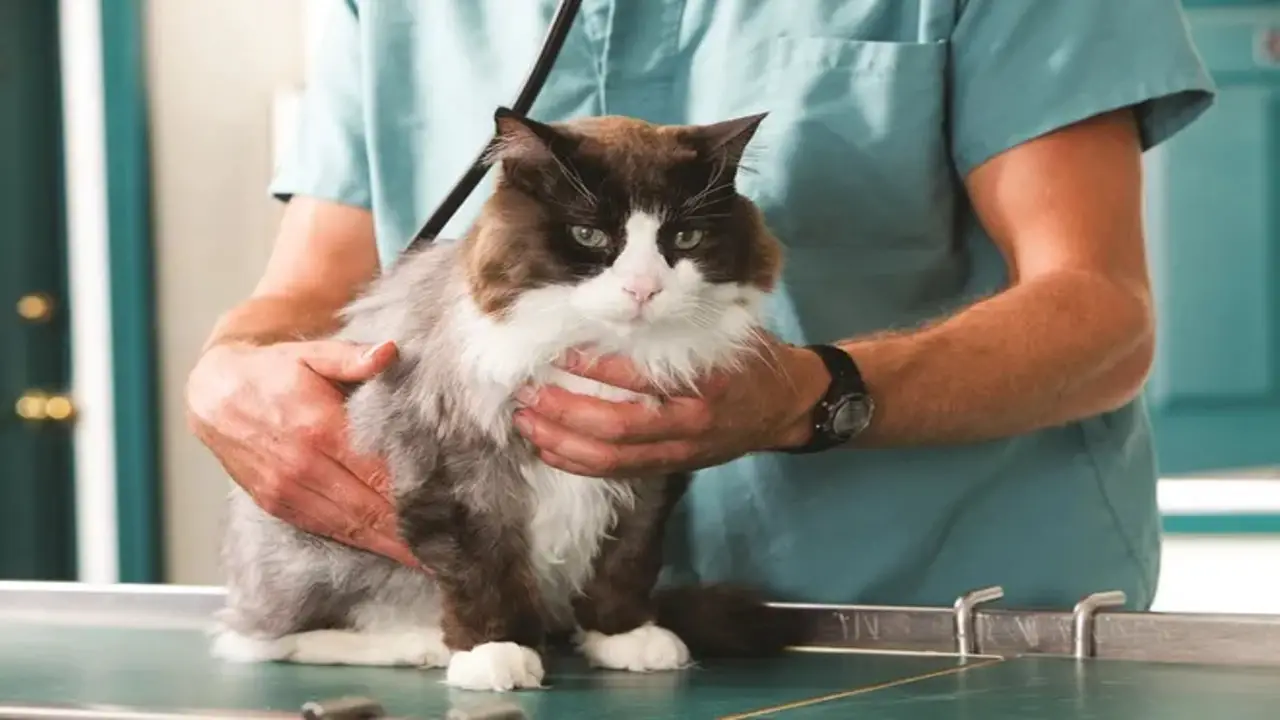
Treatment of stomatitis in cats is very painful and frustrating. However, the main goal is to control the inflammatory response. However, there is no specific treatment for this disease, so it may not be a complete solution. The plaque and tartar that accumulate above and below the gum line of the cat’s teeth should be cleaned. However, the patient must undergo anesthesia to complete it.
- You can give antibiotics to cats for a short time to relieve this pain. Also, anti-inflammatory steroids can be beneficial. However, since it is a serious tooth problem, it is important to get rid of it.
- This treatment may seem daunting, but an experienced doctor can treat it.
- A cat with a pain control protocol can tolerate and recover from this.
- Be happy to know that most cats have no problem eating without teeth. In fact, they no longer have any problems once the inflammation is gone.
- This makes them feel better, and they can eat dry food in the gums.
This disease usually requires teeth removal, but treatment is necessary after tooth extraction. Cyclosporine therapy may be effective. It may serve as a homeopathic remedy for stomatitis. Seek the help of an experienced homeopathic veterinarian for proper treatment. Once your cat has recovered from stomatitis, it may need frequent treatment. Proper treatment is a must for long-term healing.
Putting Down A Cat With Stomatitis – Should You Do It?

Putting down a cat with Stomatitis is always heart-wrenching, but it must be in the pet’s best interest. If your cat displays any of the characteristic symptoms of stomatitis – bad breath, oral ulcers, redness, swollen gums, or caudal stomatitis – it’s usually easy to diagnose. In most cases, antibiotics and pain relief will treat the infection.
But surgery may be necessary in severe cases. At the same time, there isn’t always a perfect solution to putting down a cat with Stomatitis. Surgery is often the best action to save the pet’s life. That being said, it’s always important to weigh the options and do what’s best for the feline friend in your life.
Stomatitis Can Be Fatal
Stomatitis, a painful inflammation of the mouth and gums in cats, can be a serious and potentially fatal condition if left untreated. It can cause severe pain, difficulty eating and drinking, weight loss, and overall decline in the cat’s health. In some cases, despite aggressive treatment, the condition may not improve or may recur frequently.
In these situations, we may consider euthanasia as the most humane option to end the cat’s suffering. It is important to consult with a veterinarian who can assess the severity of the stomatitis and provide guidance on the best course of action for your beloved cat.
Ensure Good Oral Hygiene
It would be best if you did not always neglect your kitten, as kittens can have problems like adult cats. Plaque control and dental hygiene rules play a very important role. You can easily take professional dental hygiene to remove plaque, but it will not cure completely. Any dental problem can be prevented by taking care of the teeth.
If you notice pain or problems in your cat’s teeth and gums, see a veterinarian as soon as possible. Stomatitis is a painful and depressing oral disease. You’re mistaken if you think putting a cat down stomatitis is inevitable.
Stomatitis produces two types of inflammation. When some cats have stomatitis, the gums around the teeth become inflamed. Another type of stomatitis is inflammation of the back of the mouth.
Exhaust The Cat’s Full Mouth
There is no cure for stomatitis yet. Even the cause of the inflammatory condition is unknown. Some, even many veterinarians, cannot cure it. Most veterinarians follow a treatment to cure this inflammation. And the cure is to remove the cat’s teeth through dental surgery. In this case, the whole mouth is extractions, or half of the mouth is extractions.
It can extend the life of a cat by relieving severe pain. This surgical treatment is the best treatment to cure a cat. Long-term treatment to completely cure stomatitis is very painful. If you do not want your cat to suffer in the long run, this surgery may be best for your cat.
Refrain From Putting Cats Down
Many owners put their cat down if it has stomatitis. However, this path is never acceptable and should always be avoided. Various measures must be taken to cure stomatitis, but this painful disease returns. And the inflammation is even worse than before, which is painful and frustrating. It puts cats down with stomatitis, but you should get all kinds of treatment from an experienced veterinarian.
The veterinarian may give your cat anti-inflammatory therapy that lasts longer. However, once the inflammation is controlled, you no longer have to visit the doctor frequently. However, side effects of treatment can cause discomfort, nausea, and weight gain. But it would be better to put a cat down.
Stomatitis In Cats: What It Is And How It’s Treated
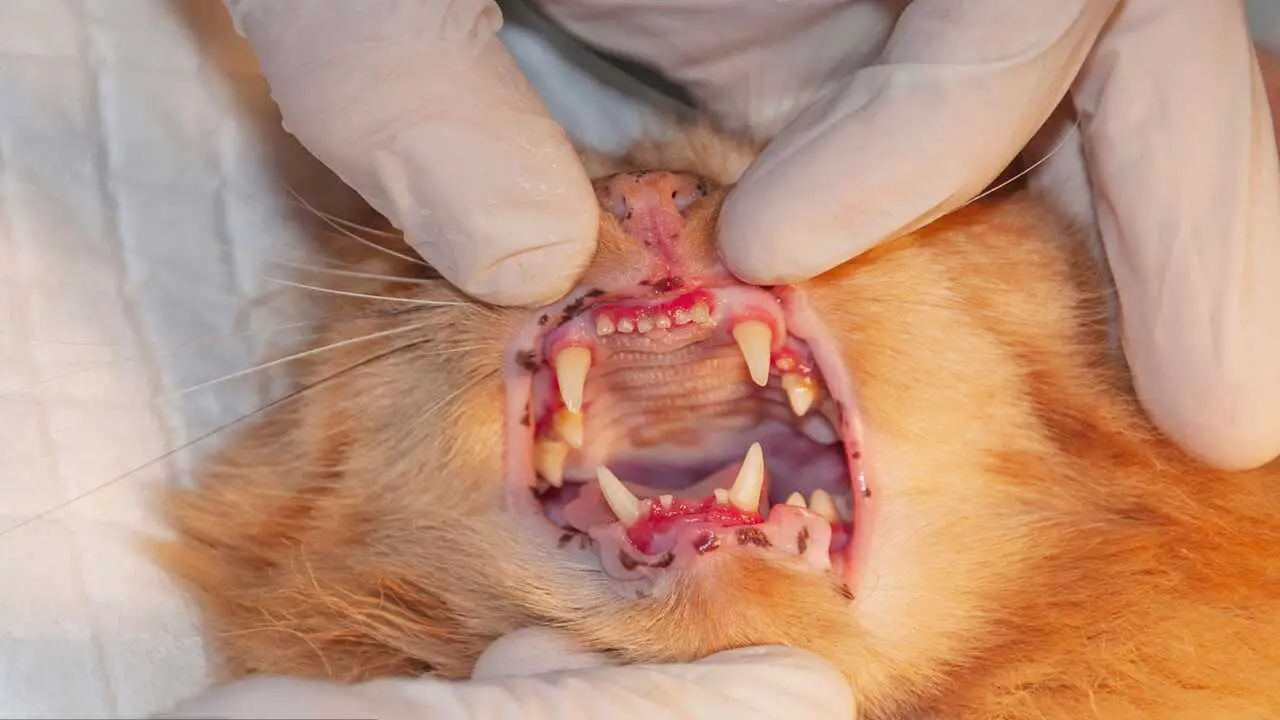
If you live in a warm climate, you’ll likely encounter Stomatitis (aka feline toothache) at some point. Stomatitis is an infection of the mouth and teeth that can occur at any time, but it’s more common in warm climates. Cats can get the virus from other cats, food, or even saliva, possibly caused by feline leukemia or FIV.
Untreated Stomatitis can be life-threatening, so it’s important to get veterinary care as soon as possible if you notice any of the following signs in your cat: fever, swollen eyes or lymph nodes in the neck area, or difficulty breathing.
Many treatment options are available for Stomatitis, but antibiotics may be the first step. However, antibiotics may only offer short-term relief. Suppose the inflammation and swelling around the teeth don’t disappear after prescribed antibiotics.
In that case, the vet may recommend surgery to remove necrotic tissue or root canal therapy to fix cavities caused by dental disease. Remember to keep your cat’s teeth healthy by providing good oral hygiene and a healthy diet.
How Painful Is Feline Stomatitis?
Feline stomatitis is a painful condition that affects a cat’s mouth and gums. It causes severe inflammation and can lead to excruciating pain for the cat. When the condition becomes too severe and conventional treatments fail, the difficult decision of putting the cat down may arise.
While the procedure itself is quick and painless, the underlying pain caused by stomatitis is a significant factor to consider. Veterinarians may recommend euthanasia to prevent prolonged suffering and improve the cat’s quality of life. It’s important to consult with a professional to determine the best course of action for your cat’s well-being.
How Long Can A Cat Live With Stomatitis?
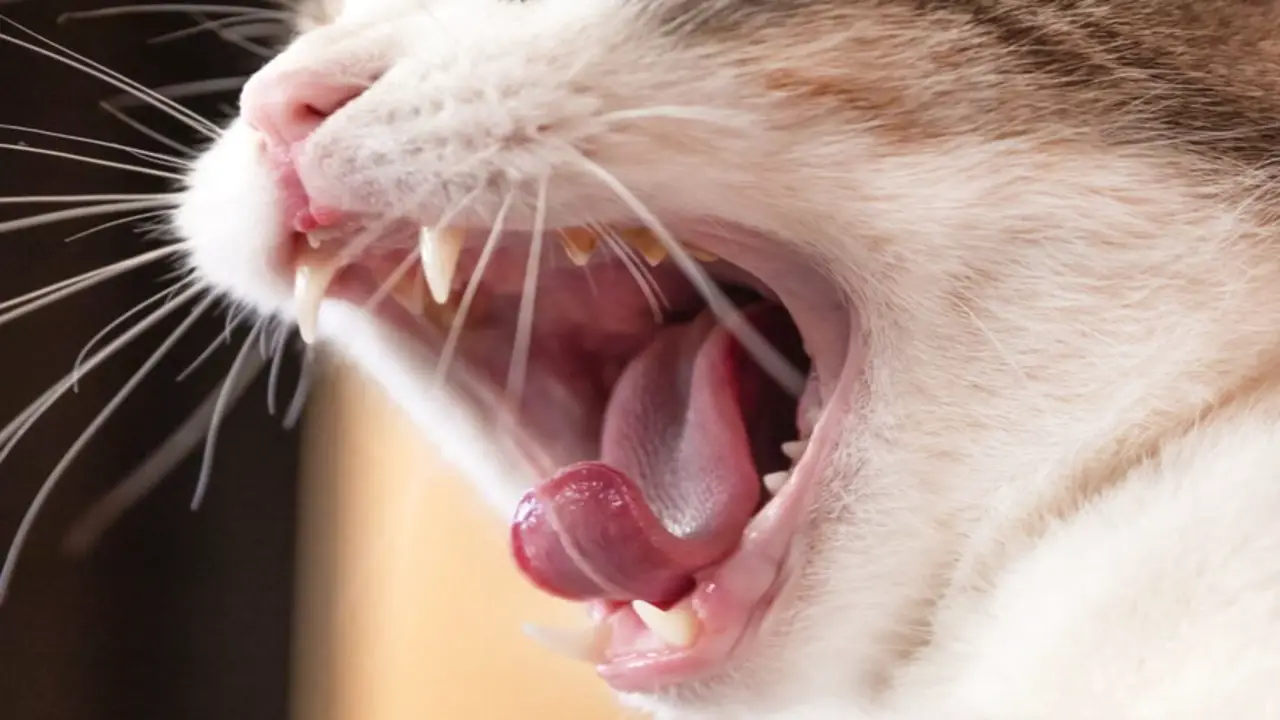
Stomatitis is a painful condition that affects a cat’s mouth, leading to inflammation and ulcers. Sadly, if left untreated, it can severely impact a cat’s quality of life. The decision to put a cat down with stomatitis is never easy, but it may be necessary to prevent further suffering.
The lifespan of a cat with stomatitis can vary depending on various factors, including the severity of the condition and the effectiveness of treatment. While some cats may live for several years with proper management, others may experience a decline in health and require euthanasia to relieve their pain and discomfort.
Conclusion
We have discussed putting a cat down with stomatitis. While deciding to put a cat down is never easy, it is important to consider all possible solutions before making that decision. Stomatitis can be managed with the proper diagnosis and treatment, and your feline companion can live a happy and healthy life.
Consulting with a veterinarian and exploring all options, such as using immunosuppressive drugs or extracting affected teeth, can greatly improve the quality of life for your cat. As pet owners, we are responsible for doing everything possible to provide our beloved animals with the best care. With the right treatment, stomatitis can be managed successfully.
FAQs
How Long Can A Cat Live With Untreated Stomatitis?
Without treatment, a cat with stomatitis may live for several years. Still, their quality of life will likely be significantly impacted by the pain and discomfort caused by the condition and poor nutrition. Stomatitis is a chronic and progressive inflammatory condition affecting cats’ mouths, gums, and throats.
Can Cats Spread Stomatitis To Humans?
No, cats cannot spread stomatitis to humans. Stomatitis is an inflammatory condition affecting the mouth and gums in cats, typically caused by an overactive immune response to oral bacteria and viral infections. It is not a contagious disease that can be transmitted from cats to humans.
Is Stomatitis In Cats Painful?
Yes, stomatitis in cats is painful. Feline stomatitis is a condition characterized by oral cavity inflammation, including the gums and mucous membranes. This inflammation can cause severe discomfort and pain for cats, leading to difficulties in eating, grooming, and overall discomfort.
How Do You Feed A Cat With Stomatitis?
When feeding a cat with stomatitis, it is important to provide them with a soft or wet diet, also known as wet food, that is easy to chew and swallow. Avoid giving them dry kibble or hard treats that can irritate their inflamed gums.
What Is The Best Medicine For Stomatitis In Cats?
The best medicine for stomatitis in cats depends on the severity of the condition and the underlying cause. Treatment options may include antibiotics, anti-inflammatory medications, pain relief, and dental cleanings or extractions.

Aquarium passion is all about connecting with the aquatic life and providing education to the public on the importance of these creatures. We showcase a wide variety of marine life through our exhibits as well as working with schools to provide unique learning opportunities for students of all ages.

